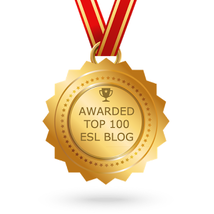|
Have you ever walked into a classroom and looked around in awe at the beautiful charts and posters? The beautifully decorated boarders and store bought matched sets? But when you ask the students about them, they don't have a clue what they are for or how to use them? 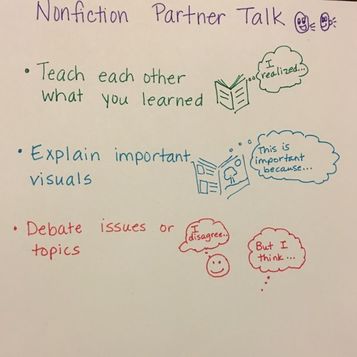 Anchor charts should be an imprint of our teaching. They should be remnants we leave behind to remind students of the important parts of the lesson. They should serve as mini-teachers so that as we work with small groups, our independent readers and writers can rely on the anchors to guide them instead of interrupting the small group. (Below you can find a poem to place on bare walls that explains to parents why the walls are empty. Great for beginning of the year.) If anchor charts are not being used by students, then they are simply wallpaper. For English learners, anchor charts can pose big problems. Not only can they be overwhelming wallpaper, they can be confusing due to the amount of words. They can cause more confusion than assistance. Here's how we can make sure that our anchor charts serve our English learners and all students and are all not a waste of space and time. The first thing we have to consider when working with English learners and anchor charts is that the anchor charts should be made in front of the students. English learners (and all students) benefit from seeing and hearing the process that happens live in action. Seeing and hearing while making the chart in front of the students helps with brain imprinting. Modalities of visual and auditory are reached. Second, anchor charts should be explicit. Here's how to___. Step one, step two, step three. Be direct and clear. Don't use a lot of unnecessary words. Just stick with the most essential parts of what students need to know. For example, if I want to teach my students how to talk with partners about nonfiction, my anchor chart might look like the one here. Third, include graphics, icons, or pictures to support comprehension. Notice in the Nonfication Partner Talk anchor chart, I included specific visuals for my students to help them later when they use the chart without me. The pictures will remind them of what we discussed. Last, location, location, location! Put your most important, most valued charts where students can see them and use them. Think about the real estate in your classroom. Where you place your anchor charts means something. Think about that ocean front property. It has value. Once they no longer need a chart, put it away where students can find it but it's not taking up prime real estate. Many students, especially English learners, benefit greatly from having their own small copy of important anchor charts. I achieve this by either making person copies on sticky-notes or taking pictures of my anchor charts and printing them out small for students who need them. They keep them in a section of their reading or writing notebooks. Your students should know how to use the anchor charts in the class, why they are on the walls, and where to find them. If they can't answer those questions, then it's time to reflect on that chart. Resources used: Units of Study for Teaching Reading Meredith Alvaro 1/9/2017 06:30:33 am
I have used anchor charts a lot to help my ELs understand new concepts but this post provides a lot insightful ideas that I never considered. For example, I like the idea of creating in front of the learners so they can better see the connection of ideas. I always made mine ahead of time and just posted them on the wall. I can see how they would use them more if it was a collaborative process that they were include in rather something that they were just provided with.
Valentina
1/9/2017 08:17:26 am
Bret, thank you for the feedback. I am glad that you found the information helpful. Please continue to let me know how it goes as you try out these strategies with your students. Take care! 2/13/2017 03:26:35 pm
Excellent !!!
Amanda
5/11/2020 09:44:56 pm
I have never seen an anchor chart. This gives me something to work toward, when working one on one with ELL students. Comments are closed.
|
Categories
All
|
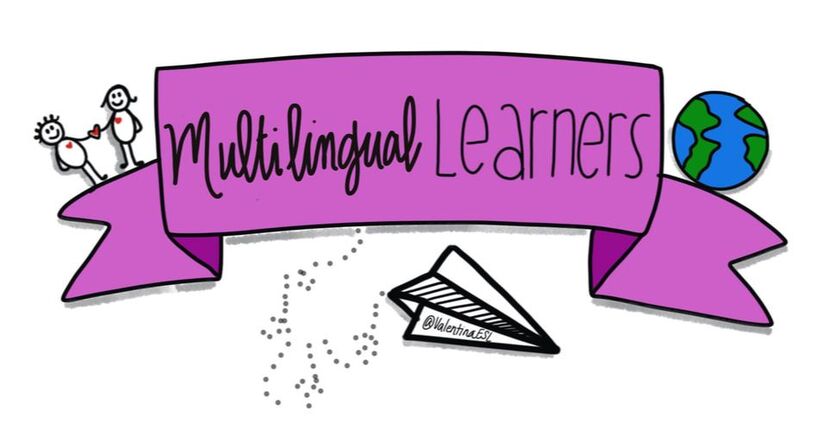
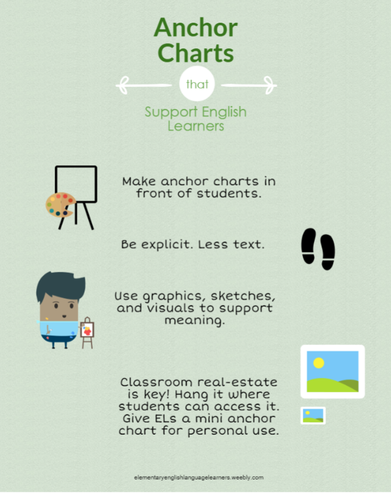
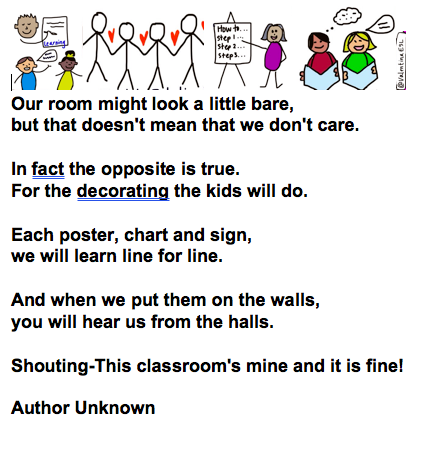
 RSS Feed
RSS Feed
